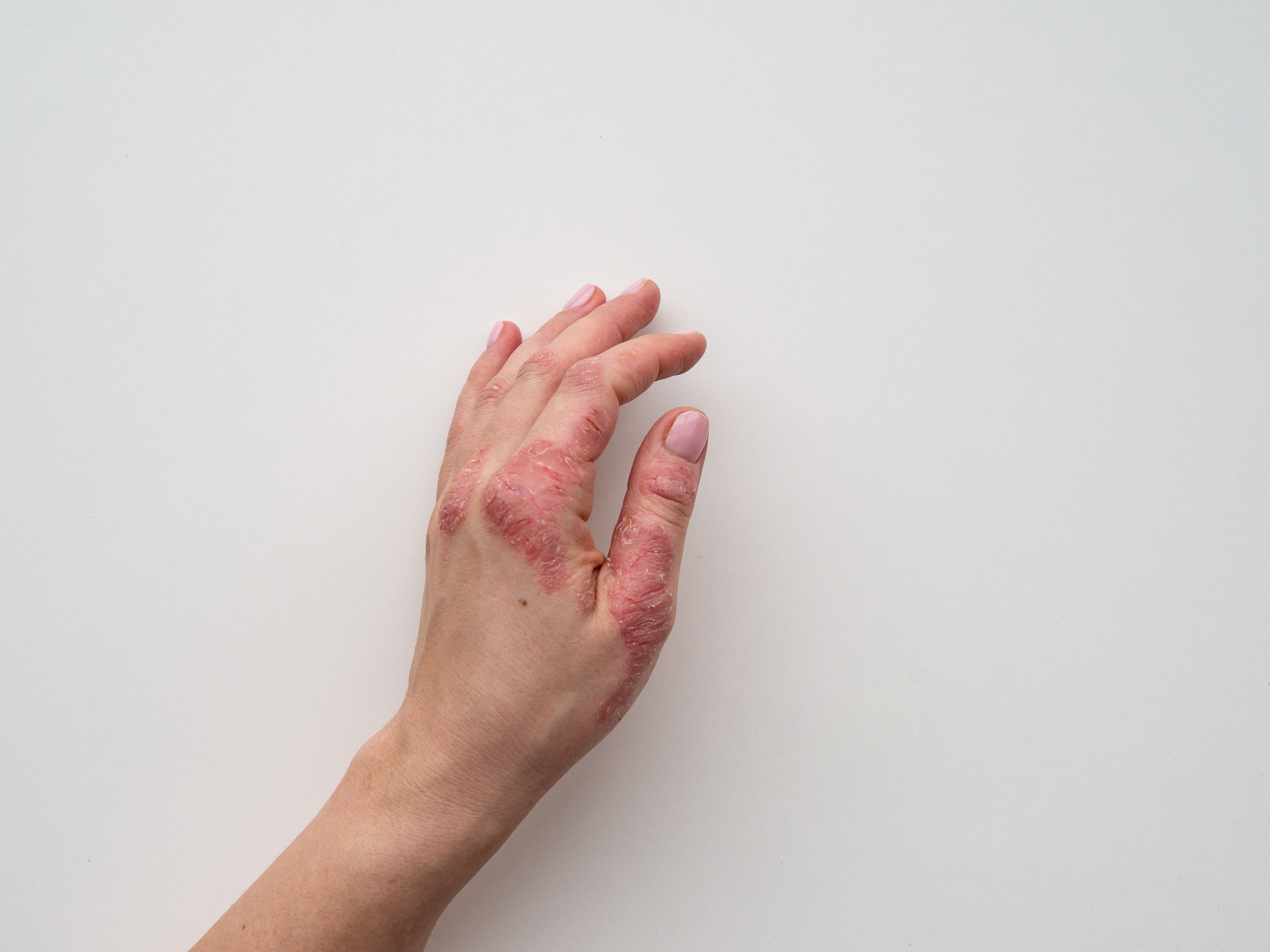Article
Risk Factors for Allergic Reaction to Skin Adhesives Remain Elusive
Author(s):
A new study characterizes the rate of allergic contact dermatitis among patients given skin adhesives.
About 2% to 3% of patients who are given common topical skin adhesives will experience allergic contact dermatitis (ACD), although a new study found it is hard to predict which patients are most likely to have complications.
Writing in Scientific Reports, corresponding author Hak Jun Kim, MD, PhD, of Korea University Guro Hospital, and colleagues, noted traditional methods of skin closure, such as sutures and staples, are time-consuming and require removal.
“For this reason, topical skin adhesives, which have the advantages of good scar cosmesis, infection prevention, easy skill acquisition, and lack of need for dedicated removal have begun to attract attention,” Kim and colleagues said.
Two common ingredients in such adhesives are liquid 2-octyl cyanoacrylate and n-butyl cyanoacrylate monomers. The authors said these ingredients are safe for most patients, though they have been reported to lead to ACD in a subgroup of patients.
Kim and colleagues wanted to understand how common the complication is, and also to see what risk factors could be found. To do so, they retrospectively examined 1145 cases of patients who had skin closure using topical skin adhesives, analyzing patient outcomes as well as the presence of suspected ACD risk factors.
All of the cases included in the study were for adults without a history of inflammatory disease or pre-surgical infection. In 739 cases, 2-octyl cyanoacrylate was an ingredient in the adhesive used, and in 406 cases, n-butyl cyanoacrylate was an adhesive ingredient.
In both groups, the authors found ACD was uncommon. Just 2.7% of patients in the 2-octyl cyanoacrylate group and 2.2% of patients in the n-butyl cyanoacrylate group experienced ACD. The difference in the rate of ACD in the 2 groups was not statistically significant.
The investigators next turned their attention to potential risk factors for ACD. Using a logistic regression analysis, the authors examined whether a host of risk factors might affect ACD risk, including age, sex, body mass index, diabetes, smoking, asthma, history of atopic dermatitis, history of contact dermatitis, neutrophil count, eosinophil count, and anatomical region. Yet, in the sample group, none of these factors had a statistically significant impact on ACD risk.
Kim and colleagues said their study has limitations. For one, the investigators said patch tests were not universally used on patients suspected of ACD. That could potentially mean that some of the diagnoses of ACD were incorrect; however, the authors said in many patients, the clinical features of ACD are sufficient for an accurate diagnosis. In addition, the authors said the patients in this study all underwent foot and ankle procedures, limiting the parts of the skin where the topical adhesives were applied.
“However, considering that the mechanism of type IV hypersensitivity does not differ depending on the body part and the used site was not a factor affecting the occurrence of the ACD, it is judged that the bias in the study population will not affect the generalization of the study results,” Kim and colleagues wrote.
In their conclusion, the investigators said without clear risk factors, investigators should be attentive about the potential for ACD when they use adhesives containing 2-octyl cyanoacrylate or n-butyl cyanoacrylate.
“ACD is difficult to predict due to the absence of risk factors, but clinicians and patients should be aware of these facts before using topical skin adhesives,” the authors said.
Reference
Park YH, Choi JS, Choi JW, Kim HJ. Incidence and risk factor of allergic contact dermatitis to 2-octyl cyanoacrylate and n-butyl cyanoacrylate topical skin adhesives. Sci Rep. 2021;11(1):23762. Published online December 9, 2021. doi:10.1038/s41598-021-03319-3




